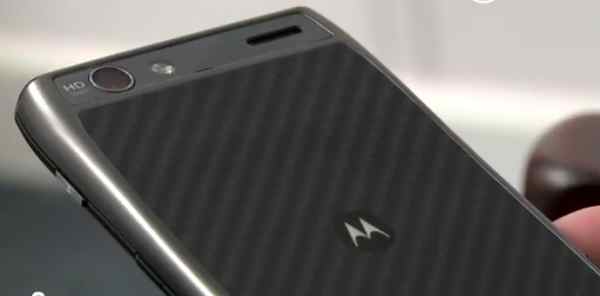Motorola Razr Maxx and the Battle for Battery Life
With today’s smartphones capable of everything from internet browsing to satellite navigation, the drain on the humble lithium ion battery has become ever more intense.
Motorola has sought to address the issue of increasingly depleted battery life in smartphones by packing a huge 3300mAh unit into its new Razr Maxx handset, an evolution of the already impressive Razr. With most modern smartphones like the Sony Xperia T offering a battery capacity of around 1800mAh, the huge unit on the Razr Maxx represents a major leap forward in what is possible from a smartphone battery.
The Motorola Razr Maxx is about as good as it gets in terms of battery life today, but where do we go from here? As the functionality available to users increases with each new device, is there the technology around the corner to enable us to keep to just a daily charge? Or are we approaching an era where the power demands of a smart device mean we need to have a charger handy all the time?
Well, tech types the world over have looked at the perennial problem of mobile phone battery life and some impressive concepts have come to the fore.

Take for example Wysips and its transparent photovoltaic film, a space-age material, which captures solar energy and turns it into a steady stream of electricity to power, perfect for charging a mobile phone. The film is extremely thin and, thanks to its transparency, could be directly integrated by manufacturers into an LCD display.
Power Felt from the researchers at Researchers at Wakeforest University’s Centre for Nanotechnology and Molecular Materials in the US is a new ‘power fabric’ that has the ability to turn body heat into electricity. The material is extremely light and relatively inexpensive to manufacturer and as such would be ideal for use as an alternative power supply for mobile devices. If incorporated into the shell of a smartphone, Power Felt could potentially charge a device just by the user holding it.
The mechanical engineering department at the University of Wisconsin has come up with a way to use kinetic motion in order to charge a mobile phone simply by walking. According to scientists at the university, humans are able to create up to 1kw of energy when on the move – more than enough to power up the average smartphone.
However, as great as all of these technologies sound, they are all still in the early stages of development. For now, if you are looking for a bit of extra juice from your smartphone without having to cut back on how much you use it, we would heartily recommend the Motorola Razr Maxx.
Check out what we thought of the Razr Maxx in the Dialaphone video review, this YouTube video can be watched below.
Written by Dan Nixon, content writer at Dialaphone.

Live Comment
Your email address will not be published.